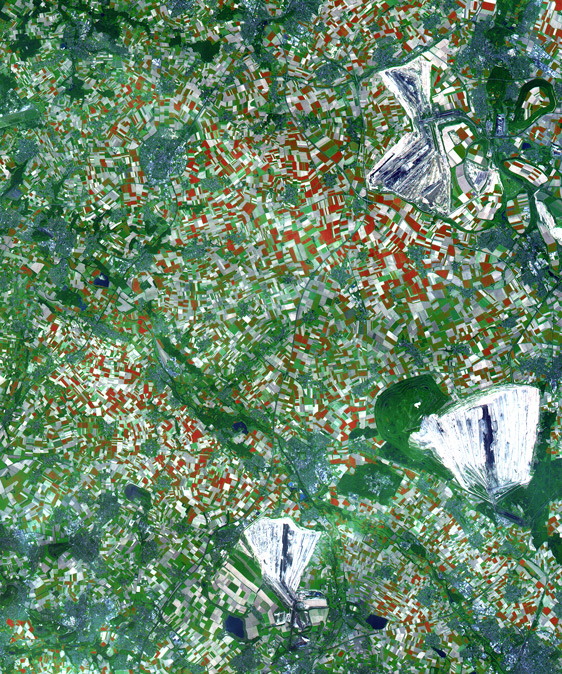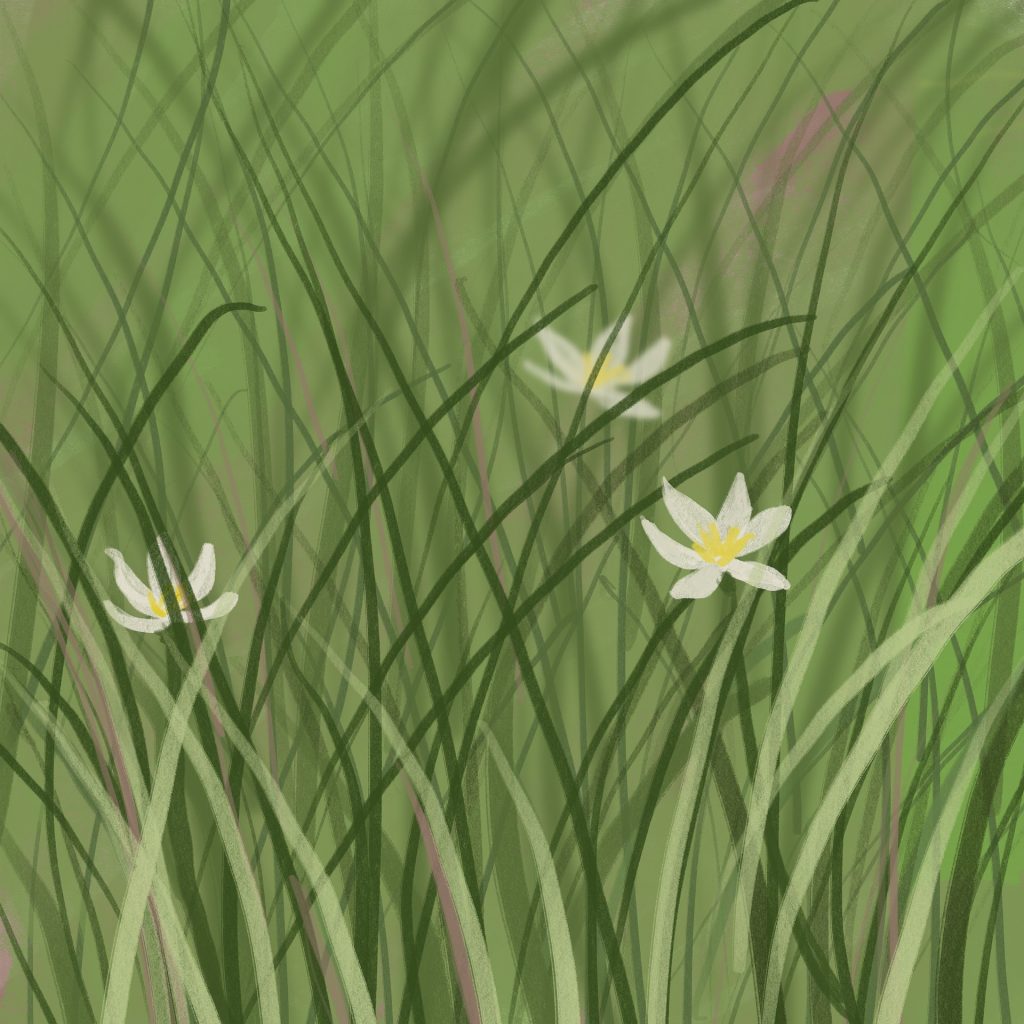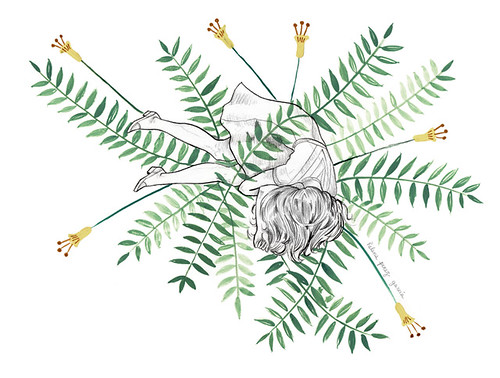Chapter 11: Revision and Editing
High & Low
High: Looking at the Bigger Picture
Imagine you are looking down at your paper from an airplane at 1000m. From this height, it’s difficult to see grammar and mechanics, but it’s easier to see the overall layout of the landscape—the flow and cohesion of your argument.

In Chapter 11 of their wonderful textbook, They Say/I Say, composition teachers Gerald Graff and Cathy Birkenstein (2021) poses important questions to consider when you’re looking at the bigger picture of your draft:
THEY SAY
- Do you start with what others say?
- Do you summarize or paraphrase what they’ve said?
- Do you frame any direct quotations using the hamburger method?
- Do you use powerful signal verbs?
- Have you cited everything?
I SAY
- Have you stated your argument and the conversation it responds to as a connected unit?
- Do you support your claims with enough evidence?
- Voicing: will your reader be able to distinguish what YOU SAY from what THEY SAY in your text?
NAYSAYERS (counterarguments)
- Have you acknowledged any likely objections to your argument?
- Are these views presented fairly?
- Have you responded to them persuasively?
CONNECTIONS
- Can your reader follow your argument through each sentence and paragraph?
- Have you used transitions effectively to link your ideas? Are there too few? Too many?
- Have you shown why your argument matters?
Low: Looking at the Details
Now imagine that instead of looking at your paper from a great height, you are down in the grass. From down here, you can’t see the lay of the land very well, the topographic details or how they all fit together, but you can see each blade of grass. You can watch the ants and notice the texture and features of the soil.
In your paper, this means looking at the smaller details—grammar, syntax, conciseness, transitions, style, voice, etc.
The following exercise is meant to support you in analyzing the choices you’re making in your paper (down at the level of the ants and soil) so that you can make informed decisions about what potential revisions.
Stylistic Analysis
Try it: Pick one paragraph of at least five sentences from the middle of your essay.
Annotate this paragraph as follows:
1. Note transitional words or phrases in your paragraph:
- Underline or highlight any transitions you use
- List these at the bottom of the page, noting repetition (e.g. “also” – 3)
- Are you using any? Too many?
- Are there some transitions you use a lot? Can you switch it up a bit?
2. Opening word(s) of sentences
- Use square brackets or highlighting to indicate the opening word(s) of each sentence
- List these at the bottom of the page, noting repetition
- Are these repetitive?
- How many of your sentences begin with “It is” or “There is”?
- Are there some different ways you can think of to start your sentences?
3. Wordiness
- Read each sentence and circle any wordy sentences or phrases
- Is there a simpler way to write these?
- Take note of words like absolutely, actually, certainly, clearly, highly, indeed, of course, surely, very in your paragraph.
- Do you need them?
4. Verbs
- Circle the verbs you use, including forms of “to be” (“is” “are” “was,” etc.)
- Cross out any forms of “to be” which can be eliminated
- List your verbs at the bottom of the page, noting repetition
- Underline any verbs in the passive voice.
- Is the passive voice serving a specific goal in the sentence or can it be revised to active voice?
References
Birkenstein C. & Graff, G. (January 5, 2021). “They Say/I Say“: the moves that matter in academic writing. W.W. Norton & Company Inc, ISBN: 978–0–393–53828–1
Media Attributions
- L’oeil préhenseur © Yana Kehrlein is licensed under a CC BY-NC-ND (Attribution NonCommercial NoDerivatives) license
- blades of grass © Annie Le is licensed under a CC BY (Attribution) license
- Still Life © Helena Perez Garcia is licensed under a CC BY-NC-ND (Attribution NonCommercial NoDerivatives) license



